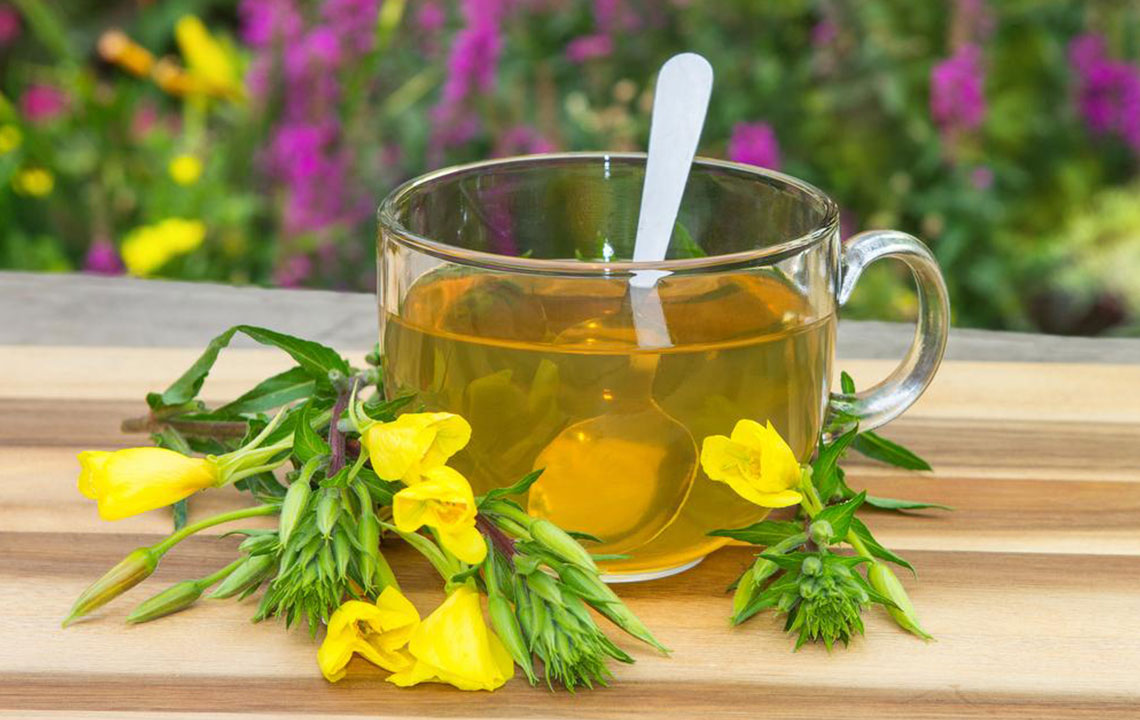How to Naturally Lower LDL Levels

Cholesterol is a naturally occurring substance, made by the liver. It performs many vital functions in the body, so it is not inherently harmful. However, there is good cholesterol and bad cholesterol.
Cholesterol Functions
Cholesterol is produced by the liver. A small percentage is made available through the food you eat. All cholesterol is not bad, it has many uses for the body.
- Cholesterol aids in the production of steroid hormones. A deficiency in these hormones can affect many aspects of health including sexual function, digestion, mental health, and bone health.
- Cholesterol is a component of cell structure. It helps maintain the structural integrity of the cell membrane.
- Cholesterol plays a vital role in digestion. It helps the liver produce and secrete bile, which is necessary to digest fat.
- Sunlight helps the body produce Vitamin D. However, the body needs cholesterol, along with sunlight, in order to make Vitamin D.
The Good and The Bad
Cholesterol travels through the bloodstream in the lipids. When you take a lipid profile test, it shows the total cholesterol level in your body, the LDL, HDL, and Triglycerides levels.
There are three types of lipoproteins in the bloodstream- Low-Density Lipoproteins (LDL), High-Density Lipoproteins (HDL), and Triglycerides.
LDL is referred to as bad cholesterol because it has very low protein content and is high in cholesterol. HDL is low in cholesterol and high in protein content. Triglycerides are lipids that help the body store excess energy. However, a rise in triglyceride level is also bad for health.
LDL and Plaque Buildup
Consider LDL as a sort of capsule where the outer shell, made of lipoprotein, encapsulates cholesterol. As LDL particles are not as dense as other cholesterol particles, the cholesterol can break off and stick to the walls of blood vessels.
Your white blood cells, try to destroy LDL particles. In this process, they oxidize LDL. Slowly, this LDL debris and other matter build up in the arterial walls.
This is called plaque, which can cause blockages in the arteries.
Normally, when you test for cholesterol levels in your body, the total cholesterol level should be less than 200 mg/dL. LDL cholesterol level should ideally be less than 70 mg/dL to prevent plaque formation and promote heart health.
Usually, the body maintains a good balance of cholesterol levels. However, dietary habits and other conditions can lead to an imbalance. If you want to know how to naturally lower LDL, then keep reading.
How to Naturally Lower LDL
Besides taking medication to control cholesterol levels, there are many natural ways to reduce LDL cholesterol:
- Reduce foods that are high in saturated fats and trans fats. Include foods rich in fiber and complex, slow-digesting carbohydrates like brown rice.
- Avoid foods like red meat, butter, and high-fat dairy products that can be rich in saturated fat.
- Skip foods like shellfish, organ meats, and egg yolks which are direct dietary sources of cholesterol.
- Eat oats and other high-fiber cereal for breakfast. This is how you can naturally lower LDL by 5.3% in just a few weeks.
- Eat fish that are rich in Omega-3 Fatty Acids. These acids provide many health benefits, chief among them is their ability to lower cholesterol and protect you against heart disease. Fish to include are sardines, salmon, mackerel, trout, and herring.
- Beans and other legumes are rich sources of fiber. Fiber binds to cholesterol and helps it pass easily out of the body. This is how you can naturally lower LDL levels.
- Olive oil is a good source of monounsaturated fatty acids (MUFA) which help bring down LDL levels.
- Dark chocolate is rich in antioxidants which can help build HDL levels. This, in turn, can reduce LDL cholesterol. Avocados have a similar effect.
- Eating nuts is a good way to reduce cholesterol. However, nuts are high in calories, so watch your intake.
- If you’re wondering how to naturally lower LDL levels, then just add some garlic to your food. It has amazing medicinal properties, including the ability to prevent blood clots, enhance immunity, and lower blood pressure. It can also help control unhealthy cholesterol levels.
- Spinach is not just for Popeye. Recent research has revealed that spinach can also prevent plaque buildup in the arteries caused by raised LDL cholesterol levels.
- Fruits like apples, strawberries, and citrus fruits are rich in pectin, which helps lower LDL.
- Whole grains and vegetables like okra and eggplants are also good to include in an LDL-reducing diet as they are rich in fiber.
- Like spices in your food? Try cinnamon and turmeric. Cinnamon has the capacity to control cholesterol levels in people who have Type 2 Diabetes. Turmeric is an antibiotic, and it can also regulate cholesterol levels in the body and decrease LDL oxidation.
- Have a cup of fresh orange juice in the morning. Tangy and refreshing, it gives a healthy start to the day and also helps to keep your cholesterol levels under control, especially LDL.
- There are compounds in coffee that can contribute to an increase in cholesterol levels. If you love the fragrant brew and insist on your daily dose, try brewing the coffee using paper filters. Paper filters have the ability to trap harmful compounds, making coffee safer.
- Physical activity and exercise can also help reduce weight and bring down the levels of LDL cholesterol.
Not all cholesterol is bad; you just need to maintain a good balance. Keeping LDL levels low is very important. So, take the right steps, and be healthy today!


